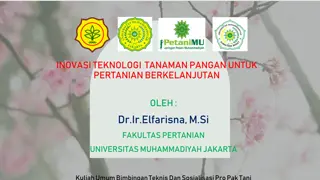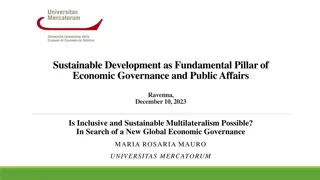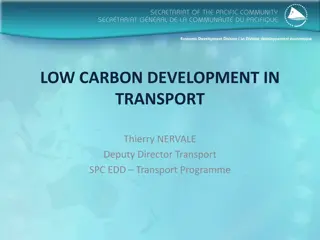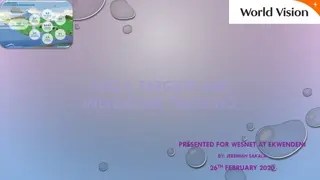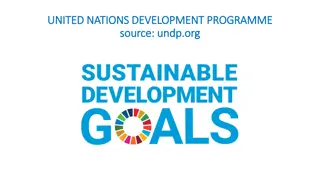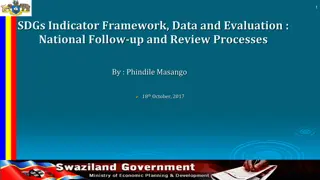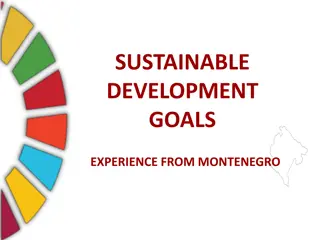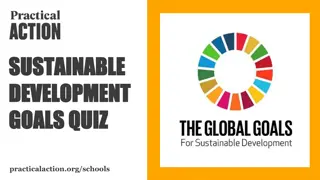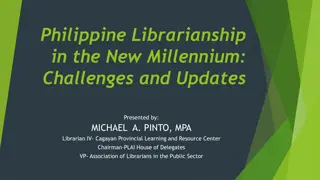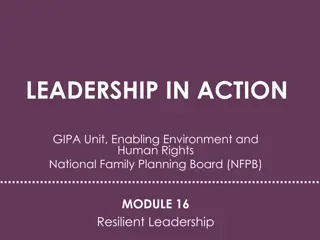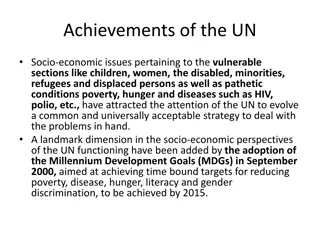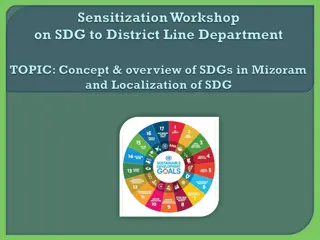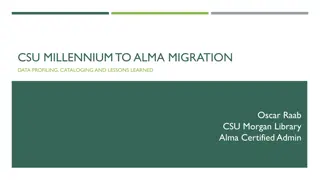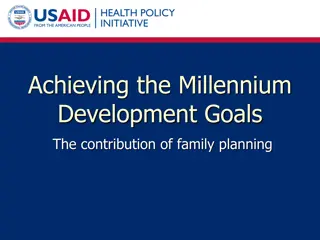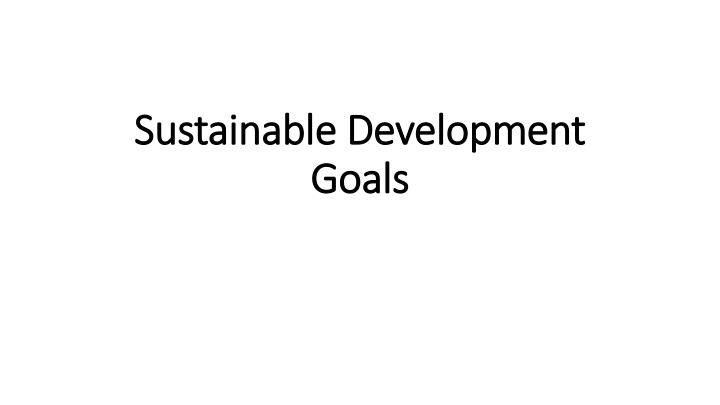
Sustainable Development and Millennium Development Goals
Sustainable development aims to meet current needs without compromising future generations, focusing on eradicating poverty and promoting social, economic, and environmental well-being through initiatives like the Millennium Development Goals.
Download Presentation

Please find below an Image/Link to download the presentation.
The content on the website is provided AS IS for your information and personal use only. It may not be sold, licensed, or shared on other websites without obtaining consent from the author. If you encounter any issues during the download, it is possible that the publisher has removed the file from their server.
You are allowed to download the files provided on this website for personal or commercial use, subject to the condition that they are used lawfully. All files are the property of their respective owners.
The content on the website is provided AS IS for your information and personal use only. It may not be sold, licensed, or shared on other websites without obtaining consent from the author.
E N D
Presentation Transcript
Sustainable Development Sustainable Development Goals Goals
The Millennium Development Goals (MDGs) The Millennium Development Goals (MDGs) The MDGs were a set of goals for the world to achieve by 2015. The MDGs were about lifting developing countries out of poverty
MDG MDG The goals were: The goals were: 1. Eradicate extreme poverty and hunger 2. Achieve universal primary education 3. Promote gender equality and empower women 4. Reduce child mortality 5. Improve maternal health 6. Combat HIV/AIDS, malaria, and other diseases 7. Ensure environmental sustainability 8. Develop a global partnership for development
With the help of MDGs Reducing poverty, Hunger Disease lack of adequate shelter and exclusion while promoting gender equality, health, education and environmental sustainability
SDG SDG SDGs focus on our own need to transform 1. Poverty 2. Unsustainable lifestyles 3. Promote equality 4. Human rights 5. Justice
Sustainable development meets the needs of the current generation without compromising the needs of future generations.
Goal 1: End poverty in all its forms everywhere: Targets 1.1 By 2030, eradicate extreme poverty for all people everywhere, currently measured as people living on less than $2.15 a day 1.2 By 2030, reduce at least by half the proportion of men, women and children of all ages living in poverty in all its dimensions according to nationaldefinitions 1.3 Implement nationally appropriate social protection systems and measures for all, including floors, and by 2030 achieve substantial coverage of the poor and the vulnerable 1.4 By 2030, ensure that all men and women, in particular the poor and the vulnerable, have equal rights to economic resources, as well as access to basic services, ownership and control over land and other forms of property, inheritance, natural resources, appropriate new technology and financialservices,including microfinance
Goal 1: End poverty in all its forms everywhere: Targets 1.5 By 2030, build the resilience of the poor and those in vulnerable situations and reduce their exposure and vulnerability to climate- related extreme events and other economic,social and environmental shocks and disasters 1.A Ensure significant mobilization of resources from a variety of sources, including through enhanced development cooperation, in order to provide adequate and predictable means for developing countries, in particular least developed countries, to implement programmes and policies to end poverty in allits dimensions 1.B Create sound policy frameworks at the national, regional and international levels, based on development strategies,to support accelerated investment in poverty eradication actions pro-poor and gender-sensitive
Indicators of Poverty Poverty gap Poverty rate Income inequality Relative poverty Economy Environment Food insecurity
Poverty gap The ratio between the average income of the poor and the poverty line. This metric estimates how much income is needed to help the poor escape poverty.
Poverty rate The percentage of people whose income is below the poverty threshold. Policymakers use this economic indicator to evaluate economic conditions and compare different population groups.
Household income A key indicator of extreme poverty, as people with higher incomes have more access to resources.
Economy The number of people living below the poverty line indicates whether an economy can provide enough jobs and comforts for its people.
Goal Goal- -2 : Zero hunger 2 : Zero hunger Goal 2 is about creating a world free of hunger by 2030.The global issue of hunger and food insecurity has shown an alarming increase since 2015, a trend exacerbated by a combination of factors including the pandemic, conflict, climate change, and deepening inequalities. By 2022, approximately 735 million people or 9.2% of the world s population found themselves in a state of chronic hunger a staggering rise compared to 2019. This data underscores the severity of the situation, revealing a growing crisis.
Targets 2.1 By 2030, end hunger and ensure access by all people, in particular the poor and people in vulnerable situations, including infants, to safe, nutritious and sufficient food all year round. 2.2 By 2030, end all forms of malnutrition, including achieving, by 2025, the internationally agreed targets on stunting and wasting in children under 5 years of age, and address the nutritional needs of adolescent girls, pregnant and lactating women and older persons. 2.3 By 2030, double the agricultural productivity and incomes of small-scale food producers, in particular women, indigenous peoples, family farmers, pastoralists and fishers, including through secure and equal access to land, other productive resources and inputs, knowledge, financial services, markets and opportunities for value addition and non- farm employment. 2.4 By 2030, ensure sustainable food production systems and implement resilient agricultural practices that increase productivity and production, that help maintain ecosystems, that strengthen capacity for adaptation to climate change, extreme weather, drought, flooding and other disasters and that progressively improve land and soil quality.
Targets 2.5 By 2020, maintain the genetic diversity of seeds, cultivated plants and farmed and domesticated animals and their related wild species, including through soundly managed and diversified seed and plant banks at the national, regional and international levels, and promote access to and fair and equitable sharing of benefits arising from the utilization of genetic resources and associated traditional knowledge, as internationally agreed. 2.A Increase investment, including through enhanced international cooperation, in rural infrastructure, agricultural research and extension services, technology development and plant and livestock gene banks in order to enhance agricultural productive capacity in developing countries, in particular least developed countries. 2.B Correct and prevent trade restrictions and distortions in world agricultural markets, including through the parallel elimination of all forms of agricultural export subsidies and all export measures with equivalent effect, in accordance with the mandate of the Doha Development Round. 2.C Adopt measures to ensure the proper functioning of food commodity markets and their derivatives and facilitate timely access to market information, including on food reserves, in order to help limit extreme food price volatility.

